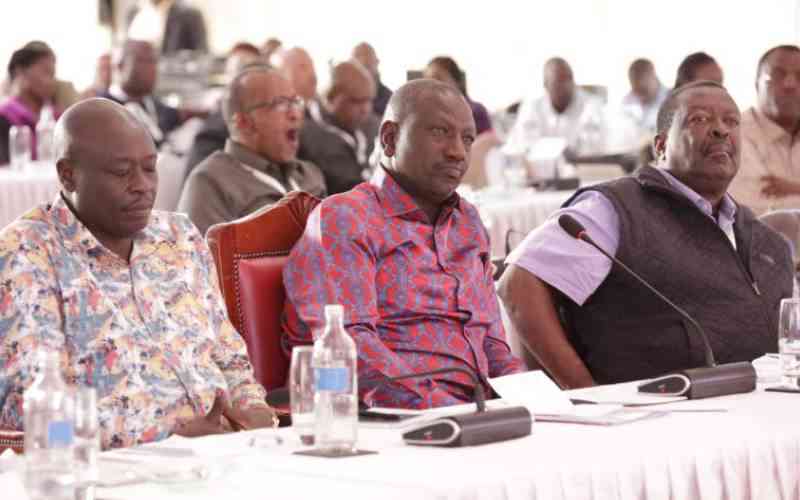×
The Standard e-Paper
Stay Informed, Even Offline

The discussion on President William Ruto's first 100 days is over. His next test should be September 2023, but you can bet we will be here for the six-month report in mid-March 2023.
Why is this administration still full of promises to deliver "within x months" or "by month y"? Is there an emerging national uncertainty about Kenya Kwanza's readiness to prosecute its agenda?